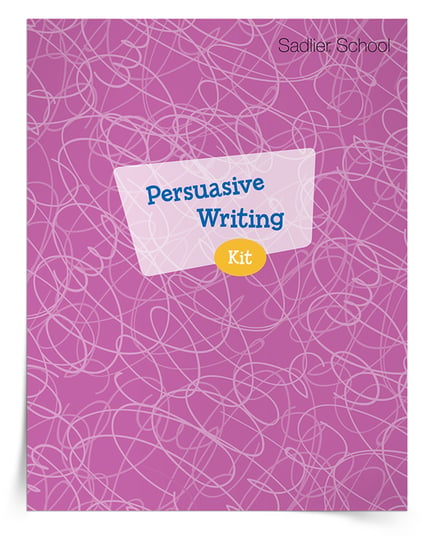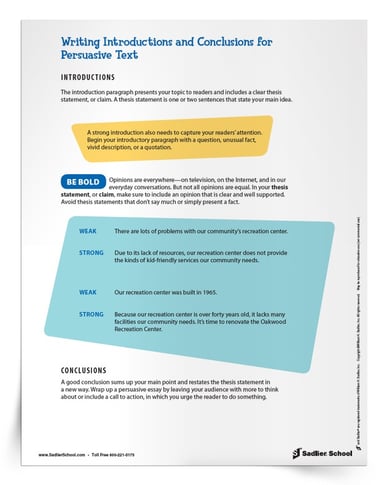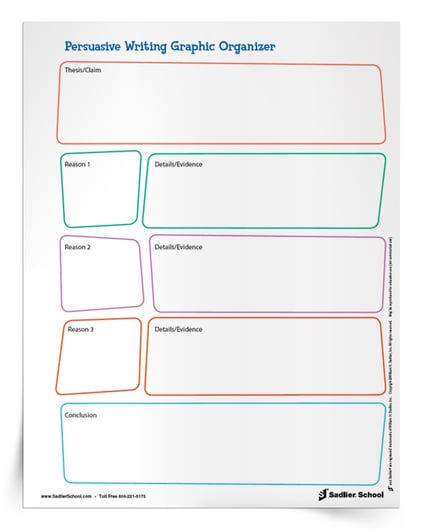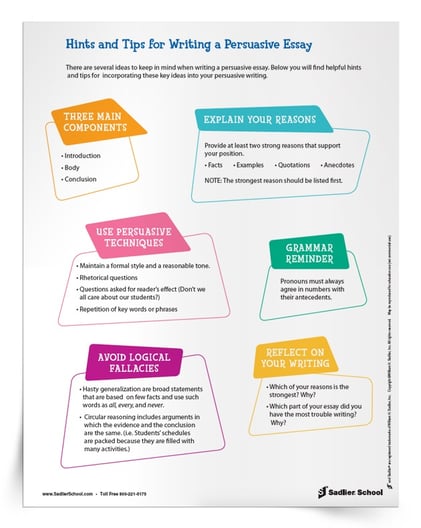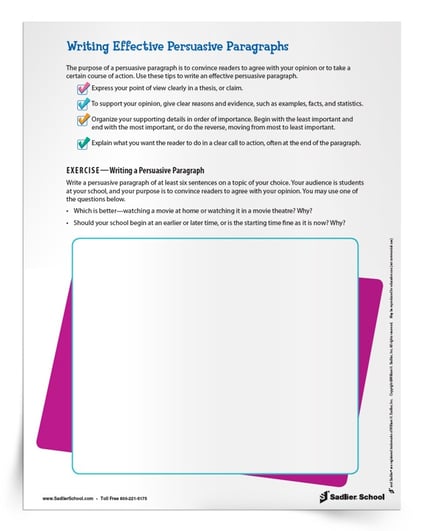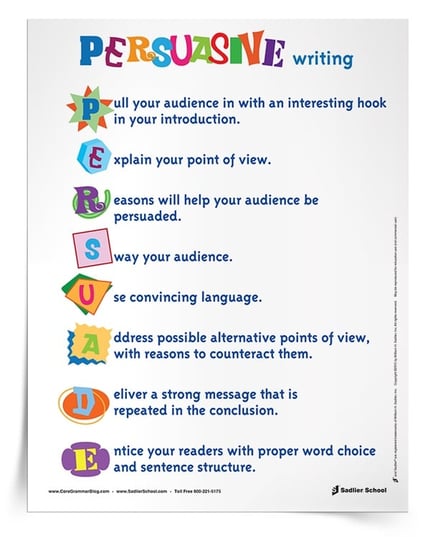May 18, 2022 CG Writing Lessons 9-12, CG Writing Lessons K-5, CG Writing Lessons 6-8, ELA K-5, ELA 6-8, ELA 9-12, Core Grammar
Teaching Persuasive Writing in the Classroom [Downloads for Grades 3–12]
By: Tiffany Rehbein
This article focuses on persuasive writing and how educators can help students use it to improve their critical writing and thinking skills. The resources below will assist you in teaching persuasive writing in the classroom! Additionally, you'll be able to access all of my free printables when you download the free Persuasive Writing Kit.
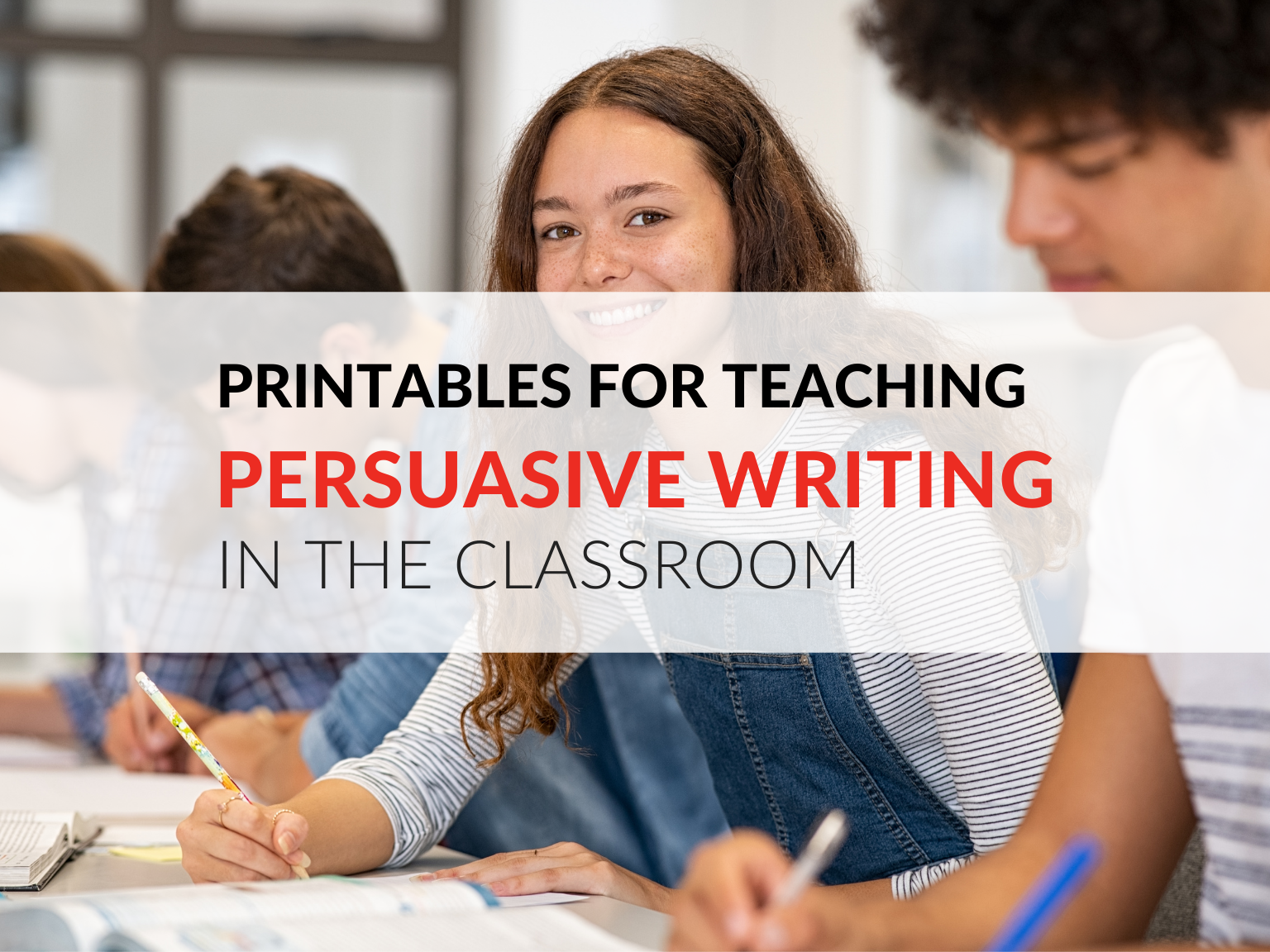
Every day we encounter persuasive arguments. Bloggers may argue their viewpoints online. Friends may try to convince you to watch a movie they enjoyed. A commercial on TV may urge you to buy a new product. With persuasive arguments are all around us, its no surprise that persuasive writing is one of the main types of writing taught to students! Some forms of persuasive writing include:
-
Book Reviews – Reviewer argues that a book is good or bad.
-
Editorials – Writer presents and defends an opinion.
-
Persuasive Letters – Sender presents opinion and calls for action.
-
Speeches – Speaker presents and defends an opinion.
Teaching the Purpose of Persuasive Writing
The purpose of persuasive writing is to convince readers to share the same opinion or take a particular action.
To try and make readers agree with your opinion, it's important to build an argument based on the logical appeals of reason and evidence. You may also add emotional appeals to persuade your readers and support your claims. An emotional appeal tries to use a reader’s fears, hopes, wishes, or sense of fairness to sway their opinion.
In order for students to become effective persuasive writers, it's important they investigate how the purpose will influence the persuasive strategies they use in their writing. Start by reviewing the different purposes of persuasive writing as a class. Then, analyze persuasive texts, or other forms of media, and identify the purpose.
Included in the Persuasive Writing Kit is a tip sheet that outlines the purposes and key features of persuasive writing. Download it now.
Teaching the Elements of a Persuasive Essay
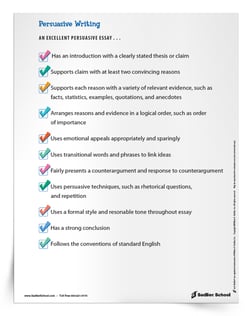 A well-written persuasive essay should include the following elements:
A well-written persuasive essay should include the following elements:
-
Has an introduction that clearly states the thesis or claim
-
Logical reasons and relevant evidence as support
-
Words and phrases that clarify the relationships among your claims, reasons, and evidence
-
Uses emotional appeals appropriately and sparingly
-
Discussion of counterarguments
-
Formal style and reasonable tone
-
Strong conclusion
Download a detailed checklist outlining the elements of a persuasive essay that students can keep in their folders! Teachers can access this checklist in the Persuasive Writing Kit.
Teaching the Structure of a Persuasive Essay
It's always a good idea to remind students about the organization and structure of a persuasive essay. A well-organized persuasive essay will include:
-
A strong introduction that states the position
-
At least three body paragraphs that present a single idea or set of related ideas that support the position
-
A conclusion that restates the topic and summarizes the main points
Download a tip sheet for students that outlines strategies for writing introductions and conclusions for persuasive essays.
Introductions for Persuasive Writing
The introduction paragraph presents your topic to readers and includes a thesis statement, or claim. A thesis statement is one or two sentences that state your main idea. In a persuasive essay, your thesis statement, or claim, should include a strong and clear opinion. Avoid thesis statements that don't say much or simply present a fact.
Introduction examples for persuasive essays...
WEAK – There are a lot of problems with our community's recreation center.
STRONG – Due to its lack of resources, our recreation center does not provide the kinds of kid-friendly services our community needs.
WEAK – Our recreation center was built in 1965.
STRONG – Because our recreation center is over forty years old, it lacks many facilities our community needs. It's time to renovate the Oakwood Recreation Center.
Conclusions for Persuasive Writing
A good conclusion sums up your main point and restates the thesis statement in a new way. When ending a persuasive essay, leave your audience with more to think about or include a call to action, in which you urge the reader to do something.
Teaching Students to Address Counterclaims in Persuasive Writing
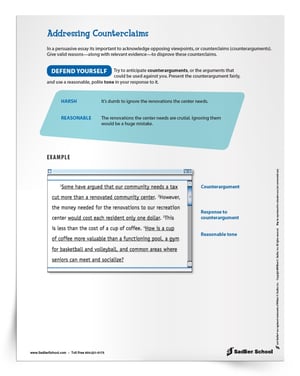 In a persuasive essay, it is important to acknowledge opposing viewpoints, or counterclaims (counterarguments). Give valid reasons—along with relevant evidence—to disprove these counterclaims.
In a persuasive essay, it is important to acknowledge opposing viewpoints, or counterclaims (counterarguments). Give valid reasons—along with relevant evidence—to disprove these counterclaims.
For each claim made in a persuasive essay, students need to provide at least two convincing reasons. Each reason that supports the writer's opinion or claim should be supported with a variety of relevant evidence, such as facts, statistics, examples, etc. Additionally, for each claim made, a counterclaim or counterargument should be fairly presented. It is the writers responsibility to both present the counterclaims and discredit the arguments with evidence, facts, statistics, etc.
Download an Addressing Counterclaims worksheet that outlines how to anticipate counterarguments, present counterclaims, and respond reasonably.
Additional Resources & Activities for Teaching Persuasive Writing
In addition to the printables featured above, the Persuasive Writing Kit includes four other resources students can use in the classroom.
Persuasive Writing Graphic Organizer
Students can use my simple Persuasive Writing Graphic Organizer to outline their thesis/claim, reasons, evidence, and conclusion. This organizer is used with any persuasive writing activities we undertake in the classroom.
Hints and Tips for Writing a Persuasive Essay
This tip sheet highlights several ideas students need to keep in mind when writing a persuasive essay. The helpful hints and tips are for each of the following categories:
- Main Components
- Explain Your Reasons
- Persuasive Techniques
- Grammar Reminder
- Avoid Logical Fallacies
- Reflect On Your Writing
Writing Effective Persuasive Paragraphs Activity
With this writing activity, students will practice writing effective persuasive paragraphs. The worksheet includes tips for writing effective persuasive paragraphs as well as instructions and space for completing the activity.
Persuasive Writing Format Poster
My kit also includes a colorful poster you can display in the room. Using the anagram PERSUADE, teachers and students can easily remember the elements of a persuasive essay.



